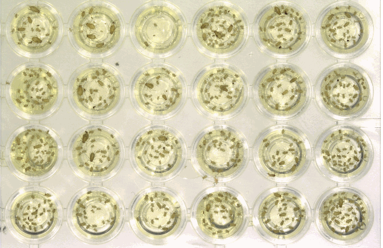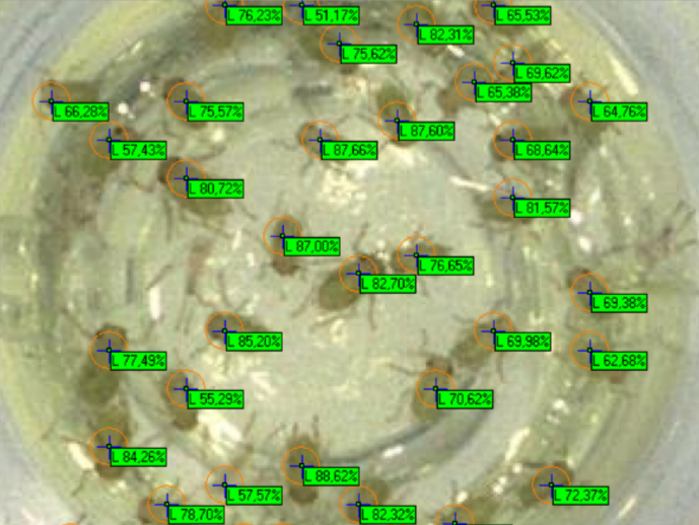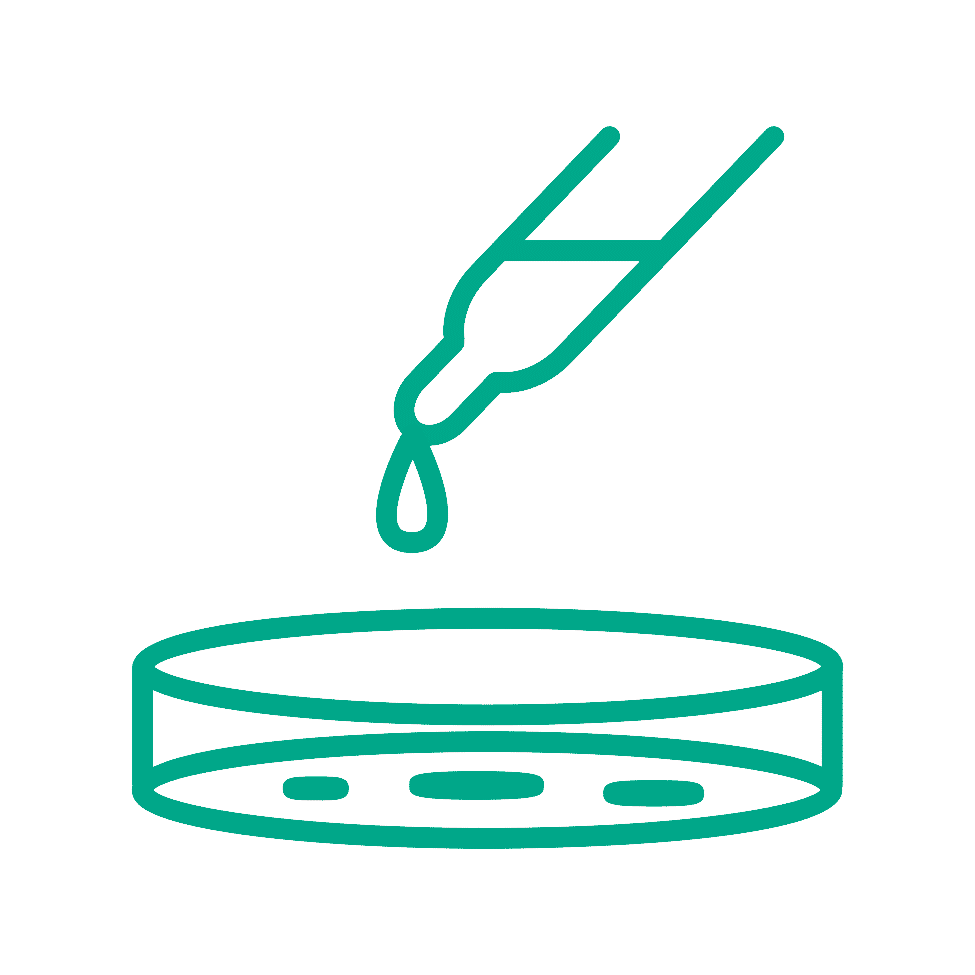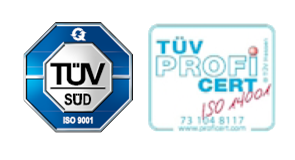Weitere Applikationsbeispiele
Kontrolle auf Verschmutzung und Fremdpartikeln in Mikrotiterplatten - Coating Prozessen
Mikrotiterplatten aus Polystyrol mit U- oder Flachboden-Kavitätenform werden im Diagnostiklabor als Testplattform z.B. im Bereich der Serologie oder der Hämatologie (Blutgruppenbestimmung) eingesetzt. Die Hersteller solcher Analytiktests befüllen im Laufe des Herstellungsprozesses die Kavitäten der Microtiter-Platten oder -Strips mit den erforderlichen Reagenzien (z.B. Proteine, Antikörper, Bauteile von Erregern), um eine Beladung der Kunststoffoberfläche der Kavitäten zu erreichen.

Um eine hohe Qualität der Platten zu gewährleisten, wird nach dem Befüllen der Microtiterplatten auf eventuell vorhandene Schmutzpartikel überprüft, diese müssen von Luftblasen unterschieden werden.
Dafür werden mit Hilfe einer speziellen Kamera die maximal 96 Kavitäten im Durchlicht oder Auflicht inspiziert.

Automatisierte Hemmhofvermessung bei Wirkstofftests
Hemmhöfe werden mit einer angepassten Kamera im indirekten Durchlicht inspiziert. Nach dem Einsetzen und Ausrichten der Petrischale durch den Laboranten erfolgt zuerst die Bestimmung der Hemmhofmittelpunkte. Beim Verfahren „Lochtest“ wird der Mittelpunkt über eine Schwerpunkbestimmung des Stanzloches ermittelt, beim Verfahren „Zylindertest“ erfolgt diese über die Vermessung des Hemmhofes selbst.
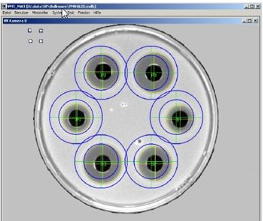
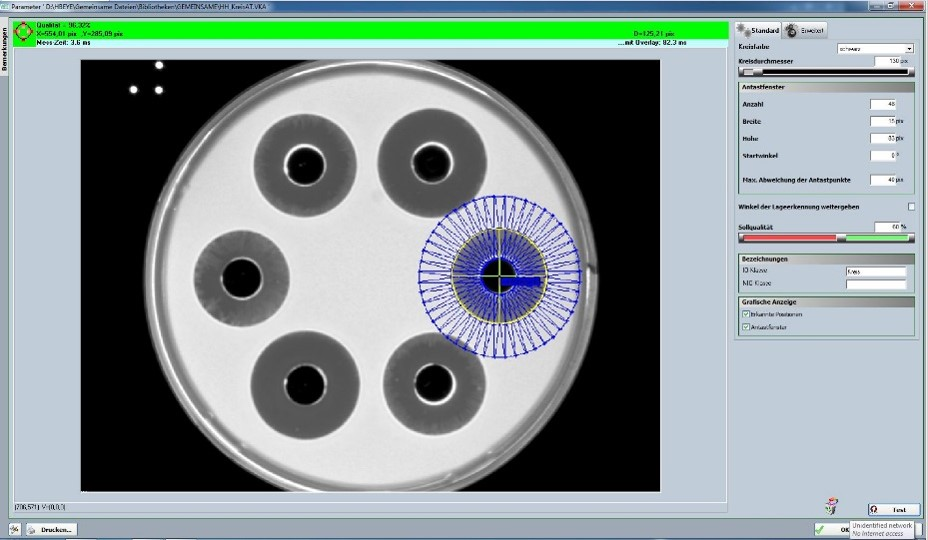
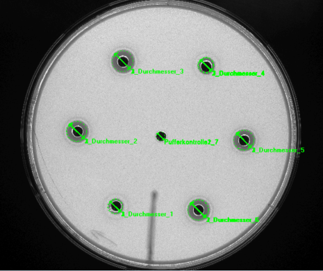
Die Flächenbestimmung des Hemmhofes erfolgt durch eine mehrstufige Kreisring-Antastung. Die Bestimmung des Durchmessers erfolgt mit Hilfe der gemessenen Hemmhoffläche unter Annahme einer Kreisapproximation. Auch die Wirkstoffkonzentrationsermittlung ist beim Führen von Standards möglich.
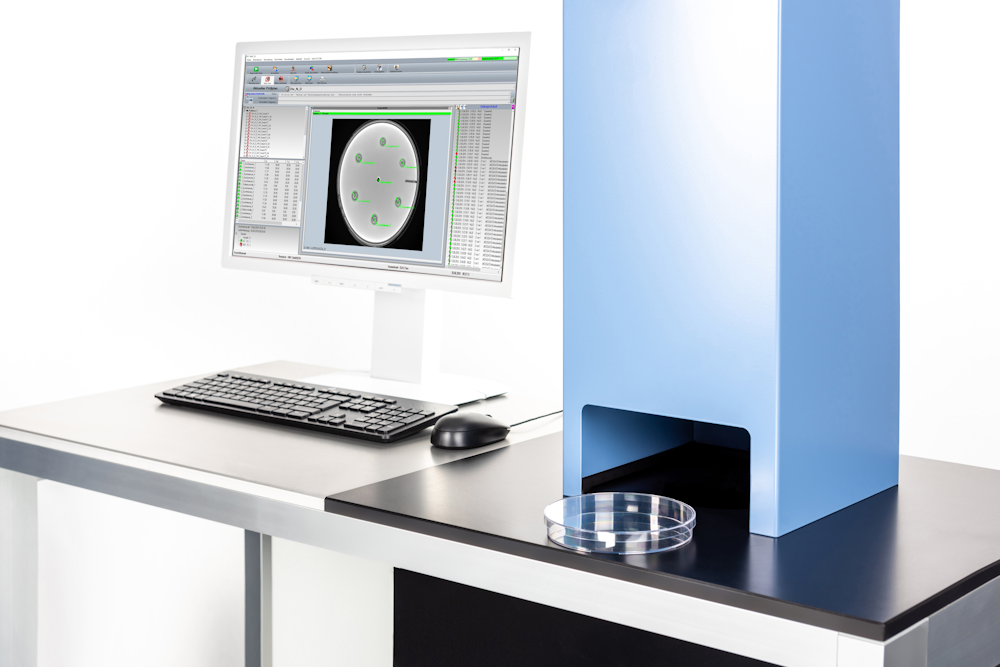
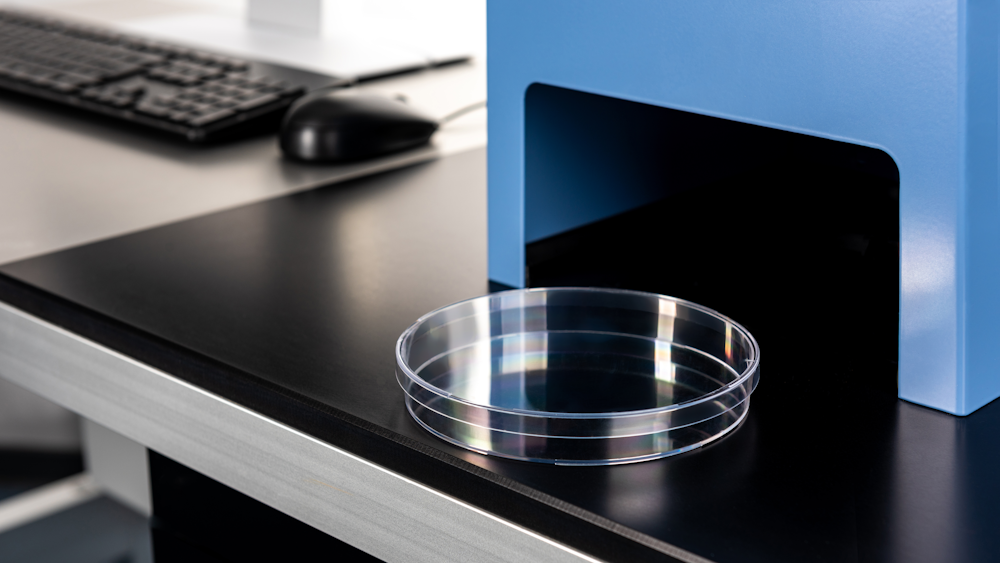
Automatisiertes Zählen von Blattläusen
Eine spezielle VMT-Inspektionslösung, welche zwar nicht zwingend zu dem Bereich LifeScience gehört, aber dennoch sehr besonders ist, ist das Zählen von Blattläusen. Diese Überwachung und Auswertung der Anzahl der lebenden Blattläuse ist wichtig für die Herstellung von Pestiziden. Damit soll im weiteren Entwicklungsprozess des Pestizides ein unnötiges Sterben von Insekten zu vermieden werden. Stattdessen soll deren Fortpflanzung unterbunden werden, um eine weitere Ausbreitung zu verhindern. Dazu wird im Forschungsprozess, jeweils eine gewisse Anzahl von Blattläusen in TC96-Paltten gesetzt. Mithilfe der VMT-Inspektionslösung wird nach einer gewissen Zeit überprüft, ob die Anzahl der Blattläuse gestiegen ist, gleich geblieben ist oder ob die Tiere gestorben sind.
